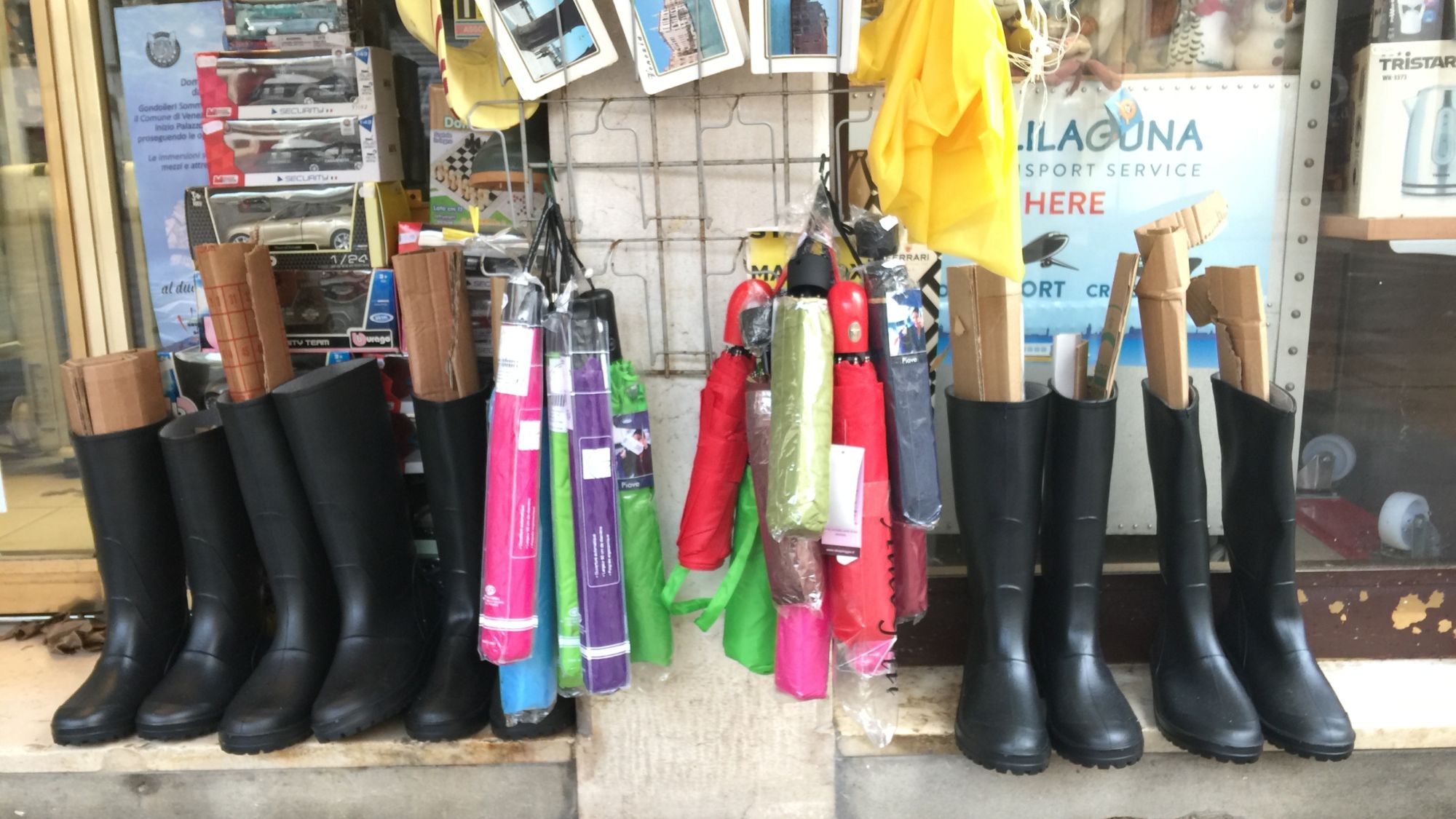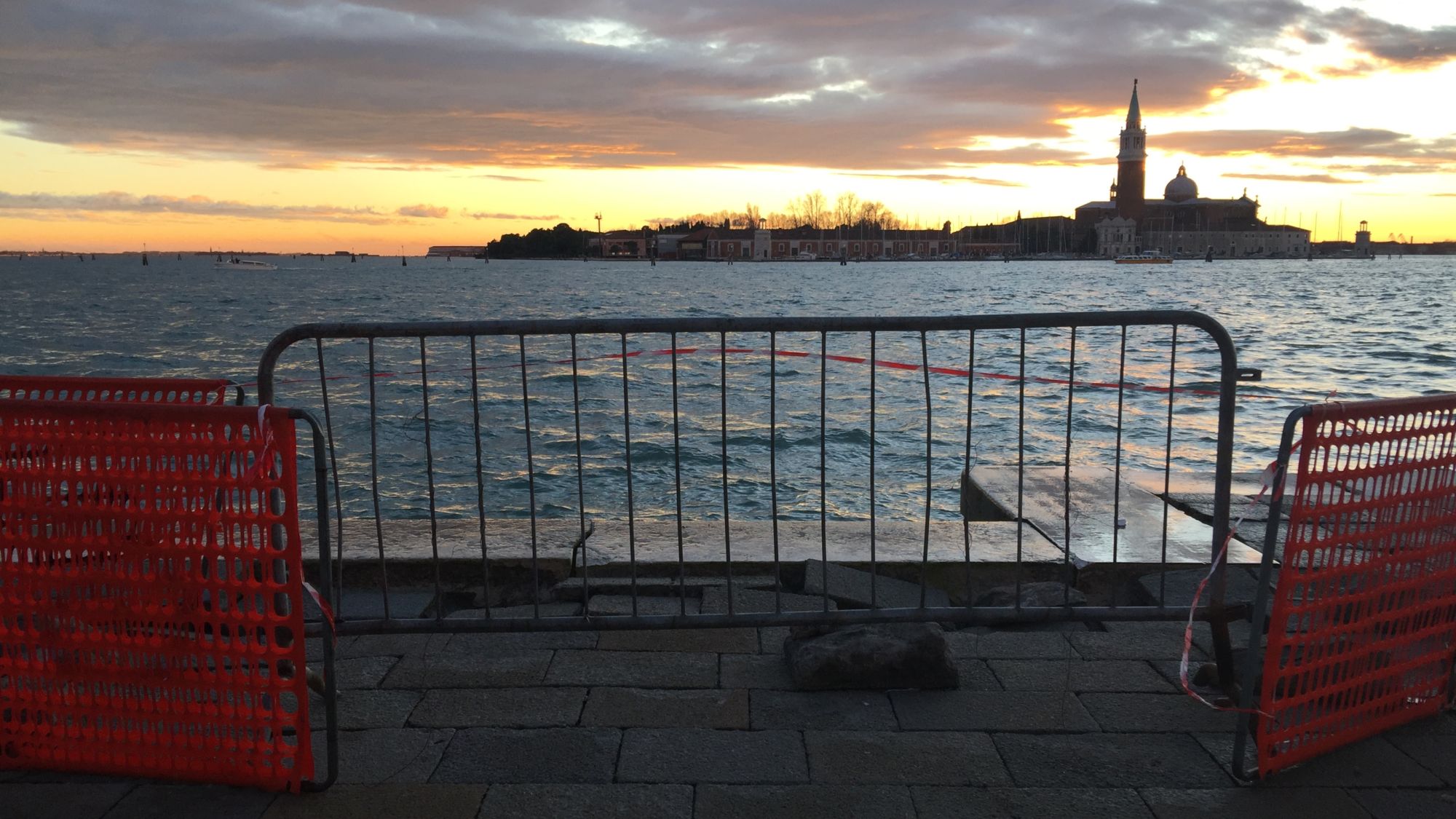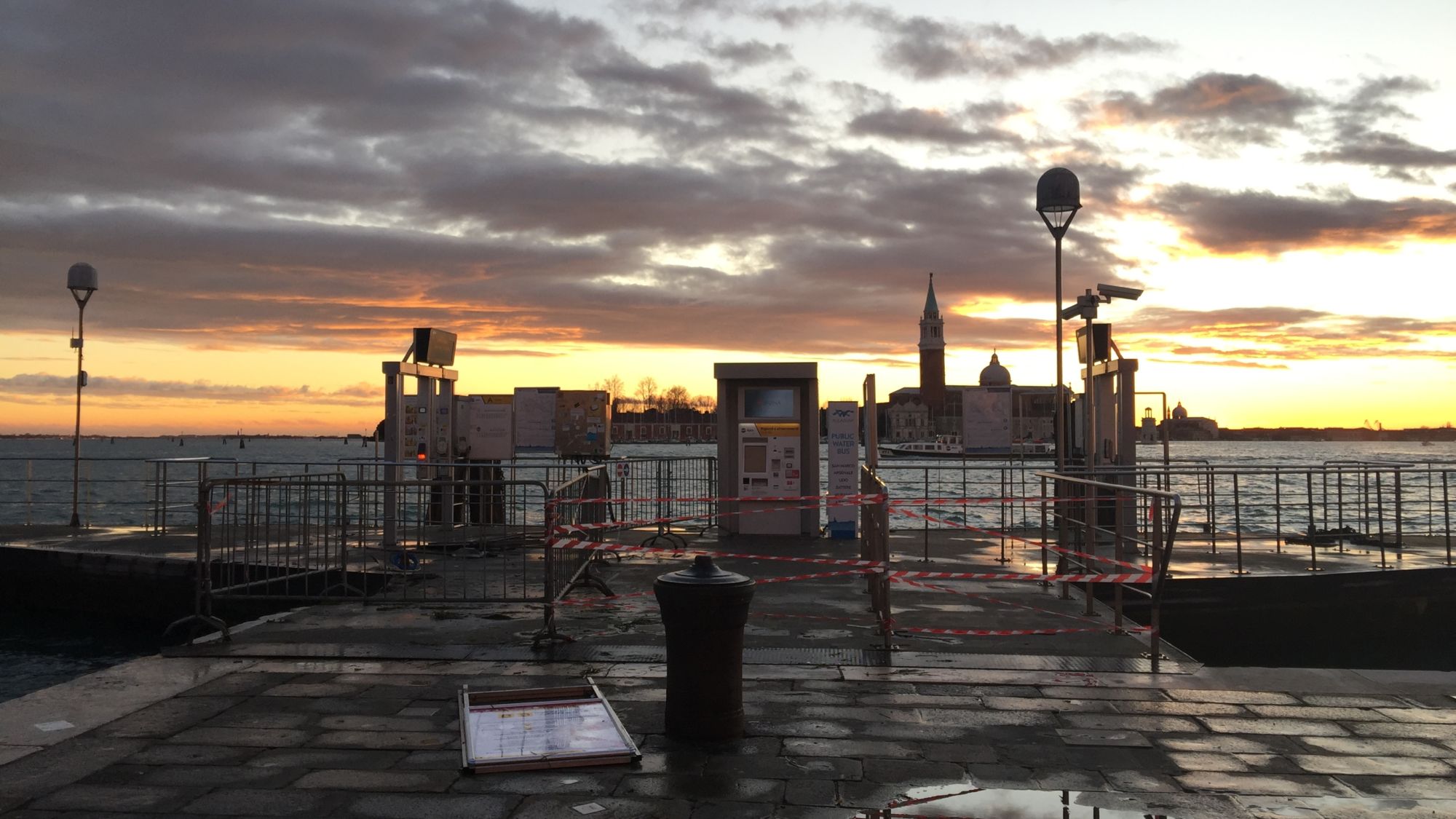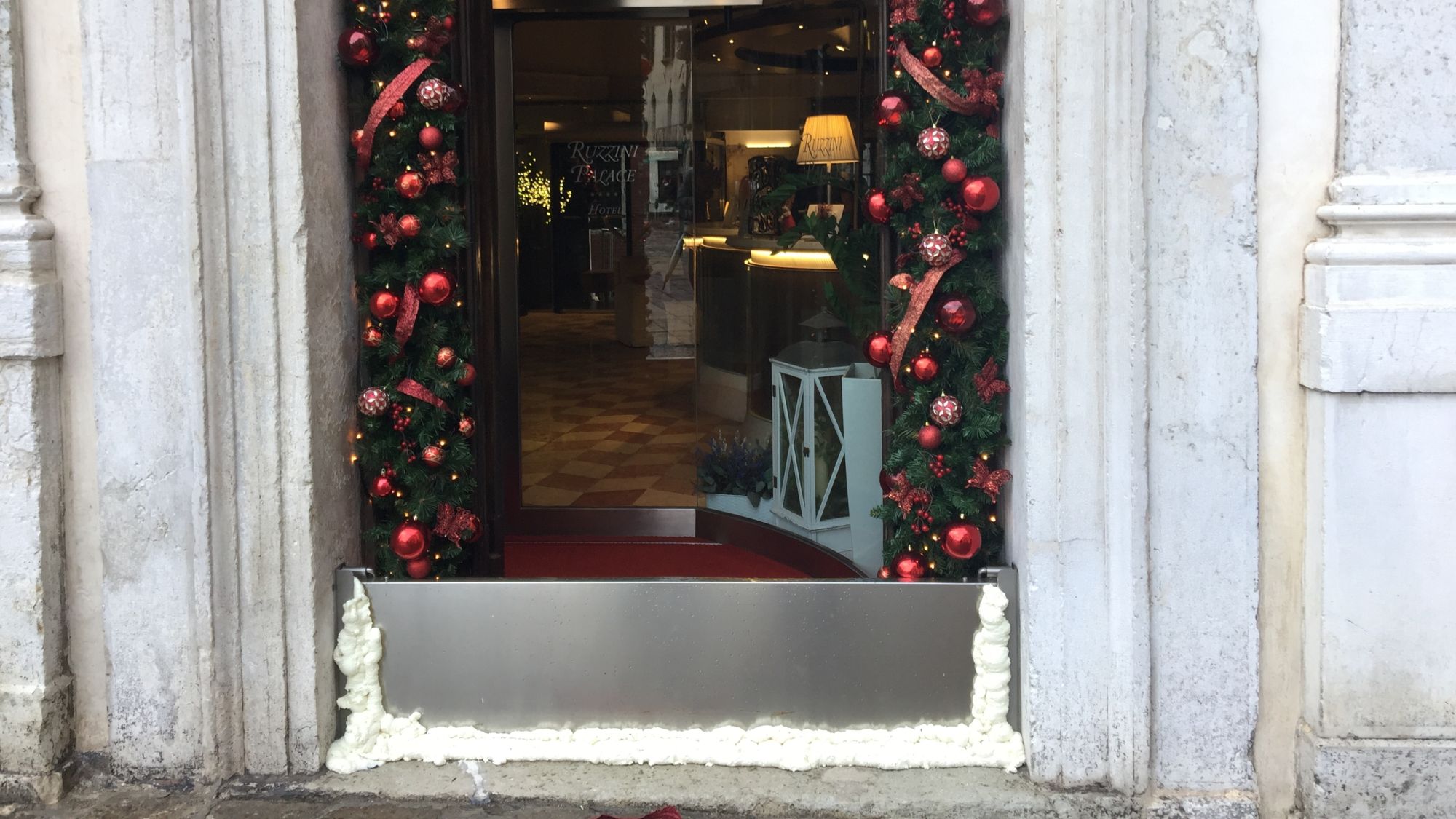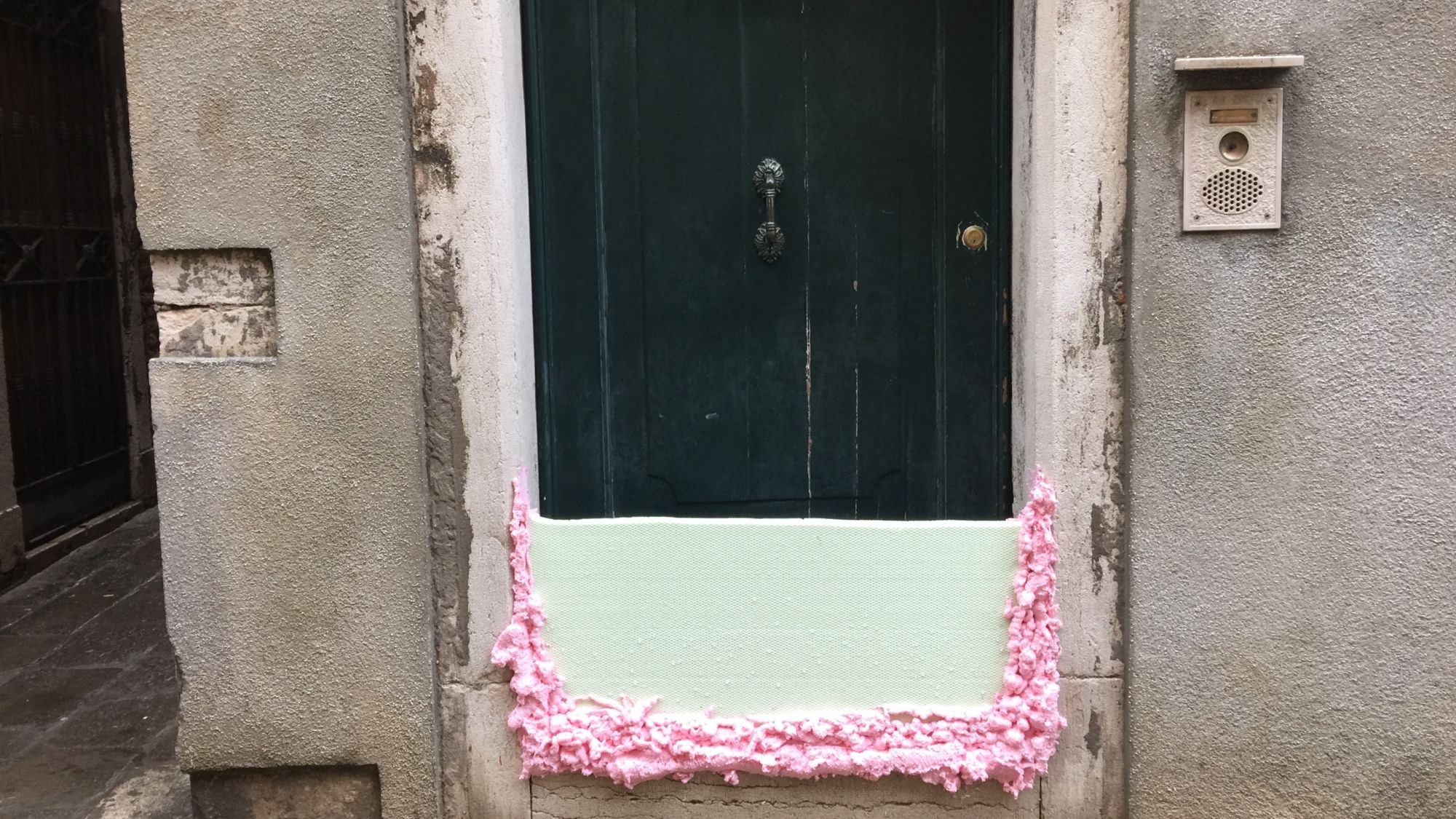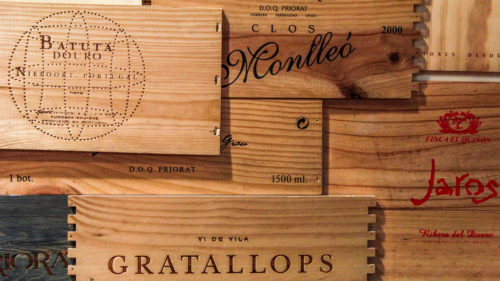Venice, The Fragile and Resilient
Venice recently made headlines for all the wrong reasons. On November 12th the city was swallowed by a whopping 187 cm (or six feet) of “acqua alta” (high tide) above mean sea level. It was just a few centimetres below the record reached in 1966, which Venetians still refer to with horror as ‘Acqua Granda’ — the big tide.
In the early hours of November 13th, my phone was ablaze with notifications. I hurried to contact friends, suppliers, guides, and hotels. Yes, Venice indeed spent a sleepless night of terror, and woke up in a state of utter disarray. People who live on the ground floor and businesses located on street level lost much of their belongings, damaged by the brackish waters.
Thousands of books at one of Venice’s most beloved bookstores, (heartbreakingly called ‘Acqua Alta’), were submerged. Videos showing streams of water flowing through the doors of luxury hotels went viral and many tourists decided to cancel their plans to go to Venice for the Christmas holidays. Assessing the damage has been a long, necessary, and still ongoing process, but the estimates project a €1 billion bill.
Having lived in Venice myself for ten years, this was particularly disconcerting, but if there is one thing I know about Venetians is that they’re resilient, resourceful people.
Locals stared the devastation right in the eye, rolled up their sleeves and immediately got down to cleaning up the city, rebuilding, and restoring – or, simply put – bringing back a sense of normality as soon as possible. There have been countless acts of solidarity within the community: young people from all over the country responded to a call that circulated via social media asking to go help clear the streets. Others donated thousands of books to the Acqua Alta bookstore.
The catastrophe reminds us that Venice has a complicated relationship with water. The lagoon is a fragile ecosystem, yet it’s one of the very reasons that even allowed the city to be born and prosper for a thousand years as The Most Serene Republic. For centuries, Venetians carefully took care of the waters around them and the shores of the islands, making sure that the natural balance was in check. But with industrialization and climate change, the tide, so to speak, has changed.
While high tides are a normal occurrence during the wintertime in Venice (with the water going in and out of the city every six hours, roughly), the frequency and the potency (or the height) of the last century’s episodes is cause for extreme concern about the future of the city. To combat the risk of floods, the city began building a controversial project in 1987, called MOSE – a reference to the biblical figure of Moses who parted the sea. The system is a series of submerged mobile barriers designed to lift up during the high tide. Years behind schedule, MOSE was supposed to be operational in 2019. Projections now point to 2021.
About a month after the exceptional November flooding, I went back to Venice to see with my own eyes (and also to deliver some boots for some clients headed to the lagoon for Christmas).
It’s astounding to see how quickly Venice has bounced back from that havoc. The scars of this traumatic event will be there for a while, ingrained in its stones and marbles. But the city, which was pushed to its knees, is now back on its feet. Shaking maybe, fragile, but standing.
Luisa may be living in Rome, but her heart is still in Venice, a city she visits routinely.
